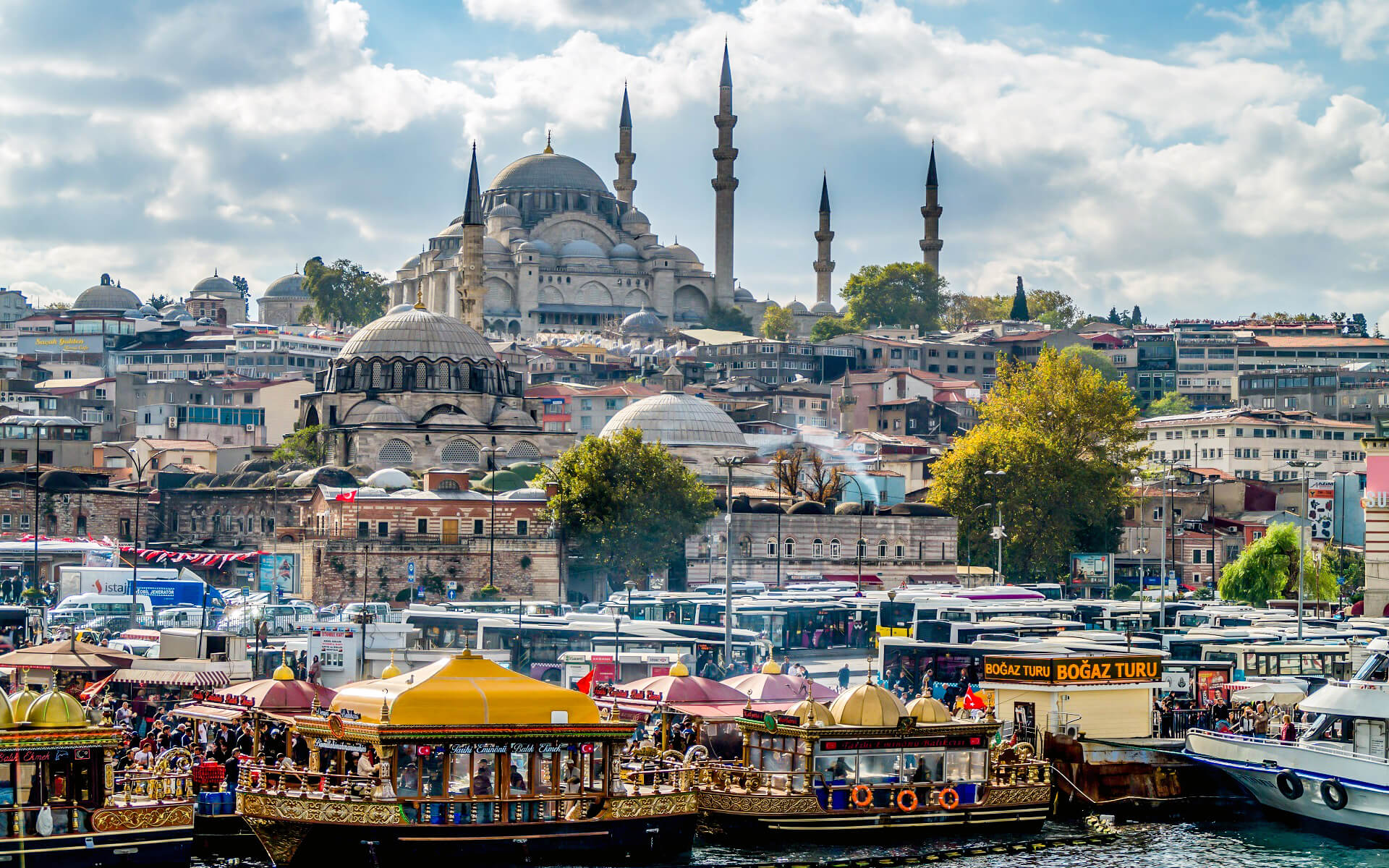Istanbul, also known historically as Constantinople and Byzantium, is Turkey’s most populated metropolis and the country’s economic, cultural, and historical hub. Istanbul is a transcontinental metropolis in Eurasia, spanning the Bosphorus Strait (which connects Europe and Asia) between the Marmara and Black Seas. Its economic and historical core is located on the European side, while about one-third of its population resides on the Asian side. The city is the administrative seat of the Istanbul Metropolitan Municipality (which is coterminous with Istanbul Province), both of which have a population of around 14.7 million people. Istanbul is one of the most populated cities in the world, as well as the world’s eighth-biggest city proper and the largest European city.
Around 660 BCE, the city of Byzantium was founded on the Sarayburnu promontory and grew to become one of the most important in history. Following its restoration as Constantinople in 330 CE, it served as an imperial capital for about 16 centuries, through the Roman and Byzantine (330–1204 and 1261–1453), Latin (1204–1261), and Ottoman (1453–1922) empires. It had an important role in the growth of Christianity throughout Roman and Byzantine eras, until being seized by the Ottomans in 1453 and turned into an Islamic fortress and the capital of the Ottoman Caliphate.
Istanbul’s strategic location on the historic Silk Road, rail networks to Europe and the Middle East, and the only sea route connecting the Black Sea and the Mediterranean have resulted in a cosmopolitan population, albeit one that has dwindled since the establishment of the Turkish Republic in 1923. During the interwar era, the city was overlooked in favor of the new capital Ankara, although it has since recovered much of its prestige. Since the 1950s, the city’s population has grown tenfold as migrants from all over Anatolia have settled here and municipal borders have extended to accommodate them. The city began hosting arts, music, film, and cultural festivals around the close of the twentieth century and continues to do so now. Infrastructure upgrades have resulted in a complicated transportation network.
In 2015, Istanbul had over 12.56 million international tourists, five years after being awarded a European Capital of Culture, making it the world’s fifth most popular tourist destination. The city’s most popular attraction is its historic core, which is part of a UNESCO World Heritage Site, and its cultural and entertainment center can be found in the Beyoğlu neighborhood, which is located across the city’s natural harbor, the Golden Horn. Istanbul, a worldwide metropolis, has one of the world’s fastest-growing metropolitan economies. It is home to the headquarters of numerous Turkish enterprises and media outlets, and it accounts for more than a quarter of the country’s GDP. Istanbul has bid for the Summer Olympics five times in the last twenty years, hoping to capitalize on its rebirth and fast development.


